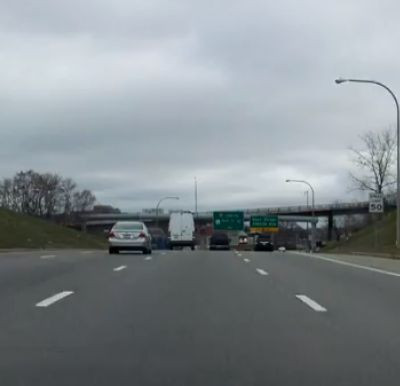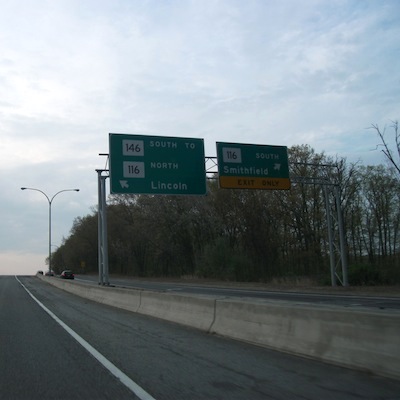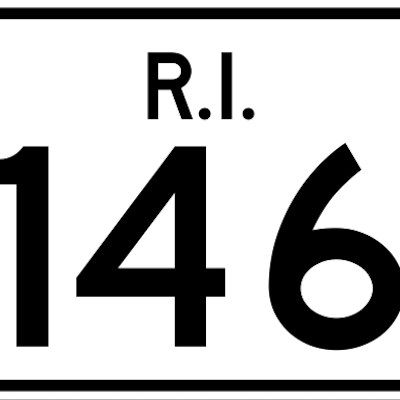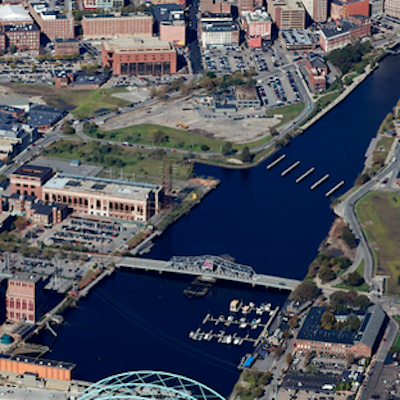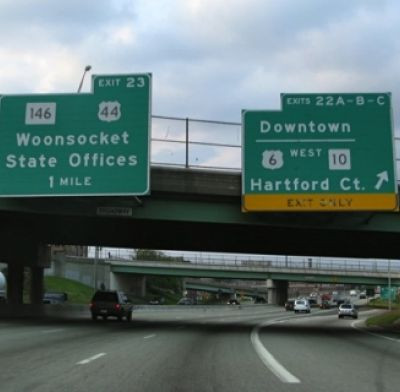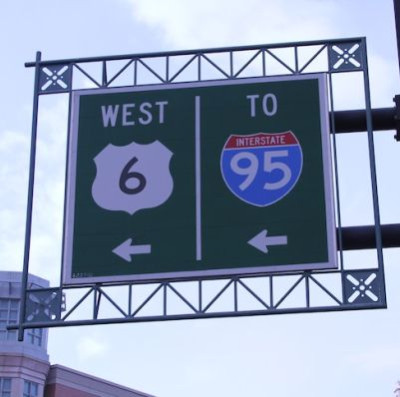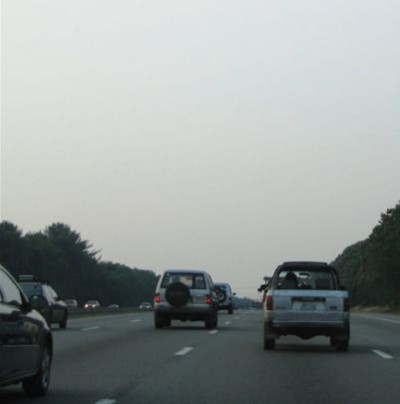Moore: Ask Not Who the Toll is For; It’s For You
Monday, June 01, 2015
If you think the recent proposal laid out by Governor Gina Raimondo to build toll booths on roads throughout the state of Rhode Island will never be expanded to cars—you haven’t paid attention to RI history.
Unfortunately, Rhode Island is littered with occasions where the state has made promises to the citizens that were ultimately betrayed.
When the state was reeling from the Depco crisis in the early nineties, the state legislature voted to increase the state sales tax by 16 percent, from 6 percent of a transaction to 7 percent but said the hike would be temporary—just long enough to provide relief to depositors. That sales tax hike was never reduced. The Depco depositors were taken care of, but instead of reducing the tax rate when that end was accomplished, the tax rate was left untouched and used to support additional spending.
GET THE LATEST BREAKING NEWS HERE -- SIGN UP FOR GOLOCAL FREE DAILY EBLASTAlso in the nineties, the state government began a program to phase out the car taxes completely. The car tax exemption rate was initially increased, but once The Great Recession hit and brought along a decrease in tax revenues, the car tax was re-instated in full.
And while it’s a disputed issue by Rhode Island government apologists, I’ve had more folks than I can count tell me that state voters were convinced to enact the state lottery based on promises that the funding would be used to fund education back when the lottery was instituted back in 1973. Since the lottery’s inception and during the decades thereafter, the proceeds from the lottery have gone into the general fund.
Broken Promises
Those are just a few examples that illustrate that today’s promises so often give way to tomorrow’s rationalizations.
The tolling proposal reminds me of the slowly boiling frog anecdote. Bring a pot to a boil and throw in a frog and it will jump out immediately. But put a frog in a pot and gradually increase the temperature and it will stay inside long enough to boil to death. (No, the anecdote isn’t a fact. Frogs, after all, aren’t stupid. But it’s a good anecdote for illustrative purposes.)
In this instance, it’s going to be relatively easy to convince the general public here in Little Rhody to rationalize the tolls—so long as they themselves don’t have to pay for them. After all, as prolific talk radio caller and good government activist Pat Ford points out, the Rhode Island way is to support any taxes that they themselves won’t have to pay.
But if we begin tolling trucks and bridges, it will open a Pandora’s Box. Before we know it, drivers will be paying tolls everywhere they drive.
Yes, Governor Raimondo promises that she has no intention of ever tolling passenger cars in Rhode Island. Put aside the fact that the state legislature could do it against her objections, and grant that Raimondo is sincere in her pledge to make certain that cars aren’t subject to the tolls, it’s still no guarantee that we won’t all be paying them sooner or later (sooner, most likely).
Tolls On Us All
That’s because, as Monique Chartier of the Rhode Island Taxpayers Association recently pointed out, there is no way that Raimondo can insure that a future administration wouldn’t advocate to use the tolls booths that she builds solely for massive, commercial trucks to be used to toll cars.
Let’s face it: it’s easy to sympathize with Raimondo’s plight. Rhode Island has the highest percentage of deficient bridges, per capita, in the country, with roughly 56 percent of them being structurally deficient or functionally obsolete, as GoLocalProv reported two weeks ago. And everyone here is well aware that the condition of the roads in RI is horrific.
But that’s not because state taxpayers are cheap and under-taxed. All things considered, Rhode Island has one of the highest and most crippling tax burdens in America. In other words, the state has enough money; it’s not just spending it efficiently.
For instance, a friend of mine recently wondered what happened to all of President Barack Obama’s stimulus money that was passed in 2009, which was supposed to be used to fix the infrastructure. Why didn’t Rhode Island spend its share on roads and bridges? Well, that’s because huge portions of the money were used to fund the shortfalls in the state budget as opposed to being earmarked for infrastructure projects. In 2010, the state of Rhode Island used $189.3 million of its federal stimulus funding to plug its hole in the state budget.
Eliminate Waste and Inefficiency
That was an easy thing for state lawmakers to do, but it was another shortsighted decision and it shortchanged the state’s infrastructure.
To fix Rhode Island’s infrastructure, the state should focus on eliminating wasteful spending, making the state and local governments more efficient, and leaving the taxpayers and businesses alone.
It might be an attractive proposal to the citizens of RI to make it seem like we can get someone else to pay for Rhode Island’s mismanagement—in this case, the trucking companies.
But history shows that in the end, we all pay. So let’s make sure that the root of the problem—mismanagement—is rooted out and not just covered up with more taxing and spending.
Russell Moore has worked on both sides of the desk in Rhode Island media, both for newspapers and on political campaigns. Send him email at [email protected]. Follow him on twitter @russmoore713.
Related Slideshow: RI’s Most Dangerous Bridges
The American Road and Transportation Builders Association recently released a list of the most traveled, deficient bridges in each state. In Rhode Island, those bridges were:
Related Articles
- Russell Moore: Fear and Loathing - RI Style
- Moore: Chafee’s Brilliant Decision
- Russell Moore: RI Government’s Culture of Secrecy
- Russ Moore: 5 Things To Hate About Raimondo’s Budget
- Russell Moore: The Taylor Swift Tax Diversion
- Moore: A Preposterous PawSox Proposal
- Moore: Elorza Should Prioritize Students, Not Trolleys
- Moore: Elorza Shows Bravery by Taking on Firefighters
- Moore: Mattiello Must Leave Pawsox Fate Up To Voters
- Moore: Call on Mattiello to Pass Ethics Bill
- Moore: Elorza’s Budget is a Bridge To Nowhere




